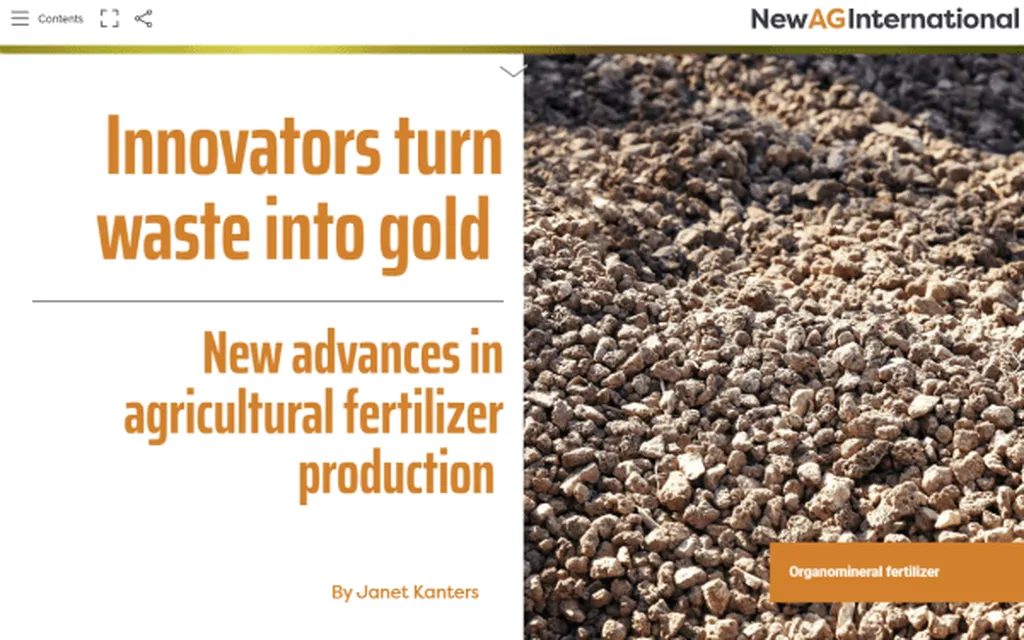In a groundbreaking study published in the journal *Frontiers in Microbiology* (translated from Spanish as “Frontiers in Microbiology”), researchers from the National University of Colombia have pioneered a novel approach to biofertilizers that could revolutionize agriculture and waste management. The study, led by Nicolás Rodríguez-Romero of the Agricultural Microbiology Research Group at the Biotechnology Institute, demonstrates how engineered microbiomes can transform waste into valuable biofertilizers, offering a sustainable and circular solution for the agricultural sector.
The research focuses on creating self-assembled nitrogen-fixing microbial communities using carbon compounds derived from animal waste. By enriching soil samples in bioreactors supplied with nitrogen via air pumping and fed with volatile fatty acids (VFAs)—common by-products of anaerobic waste fermentation—the team successfully developed a microbial community capable of fixing 2.7 times more nitrogen than the initial microbiome. This community was dominated by Sinirhodobacter spp., Aureimonas spp., and Taibaiella spp., and it produced inorganic nitrogen forms at concentrations of up to 12.7 mg·L−1.
When this self-assembled community was inoculated into tomato plants, Pseudomonas spp. and Exiguobacterium spp. became the most abundant, significantly enhancing plant growth in both hydroponic and soil-based systems. The results were comparable to those achieved with conventional synthetic nitrogen fertilizers, highlighting the potential of this methodology for developing effective biofertilizers.
“This study shows the potential of this methodology for developing effective biofertilizers while promoting a circular economy strategy that transforms waste into high-value bioproducts,” said Rodríguez-Romero. “This approach, combined with the simplicity of the bioreactor system, offers a viable and sustainable solution for developing countries with limited technological resources.”
The implications of this research are far-reaching. By utilizing waste-derived carbon sources, the study not only addresses the pressing need for sustainable agricultural practices but also aligns with the One Health vision, which emphasizes the interconnectedness of human, animal, and environmental health. The methodology’s simplicity and effectiveness make it particularly appealing for regions with limited resources, offering a scalable solution that could be adopted globally.
As the world grapples with the environmental and economic impacts of synthetic fertilizers, this research provides a promising alternative. The study’s findings could pave the way for further advancements in microbiome engineering, potentially leading to the development of other biofertilizers and bioproducts that contribute to a more sustainable and resilient agricultural sector.
In the broader context, this research underscores the importance of integrating waste valorization into agricultural practices. By transforming waste into valuable resources, we can reduce environmental pollution, lower production costs, and enhance agricultural productivity. The study’s success in enhancing plant growth with biofertilizers derived from waste highlights the potential for similar approaches in other sectors, such as energy and environmental management.
As Rodríguez-Romero and his team continue to explore the applications of microbiome engineering, their work serves as a beacon of innovation in the field of sustainable agriculture. The study’s publication in *Frontiers in Microbiology* marks a significant milestone in the journey towards a more sustainable and circular bioeconomy, offering hope for a future where waste is not just managed but transformed into valuable resources.

